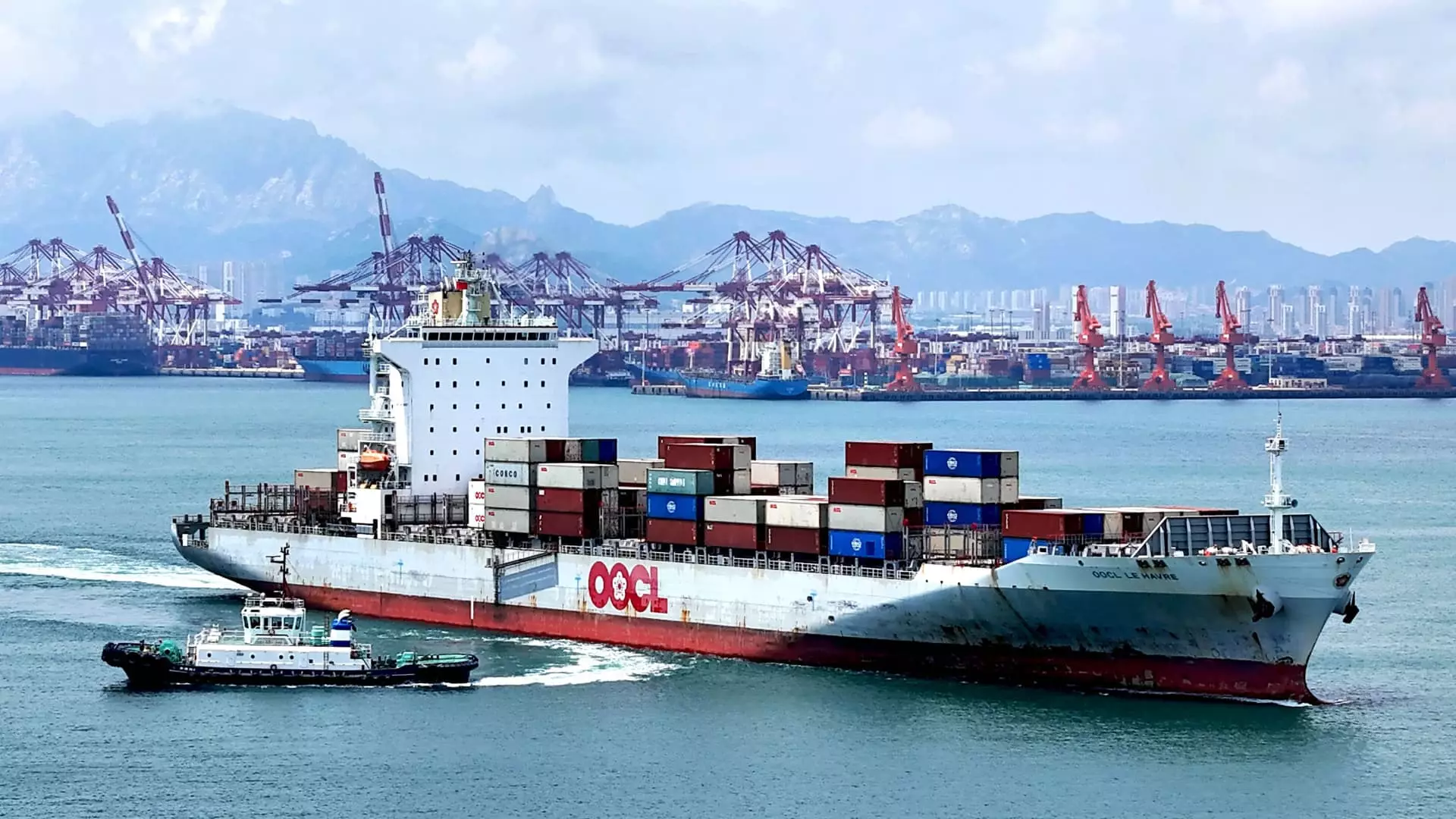China’s trade figures for November have raised significant concerns regarding the health of its economy, as both exports and imports fell short of analysts’ expectations. As the world’s second-largest economy contemplates its future amid sluggish consumer demand and tariff threats, understanding the complexities of these trade dynamics is crucial for stakeholders worldwide.
Recent data from China’s customs authority illustrates a worrying trend: imports fell by 3.9% in November, the sharpest decline since September 2023. Analysts had forecasted a modest growth of 0.3%, making this downturn particularly stark and indicative of shrinking domestic demand. Meanwhile, exports showed a growth rate of 6.7% in U.S. dollar terms year-on-year, a notable decrease from the 12.7% growth rate experienced in the previous month. Forecasts had anticipated an 8.5% rise, thus the actual results signal deeper troubles within the economy.
While some experts, such as Zichun Huang of Capital Economics, argue that this slowdown does not signify an end to China’s exporting ascendancy, the current figures suggest a more cautious outlook. They warn that the threats posed by U.S. tariffs may gradually take effect, potentially reducing export volumes by about 3%—impact that could become significant in the coming months.
Examining sector-specific data reveals a mixed narrative. While total exports to major trading partners like the U.S. and the European Union see growth—8% and 7.2% respectively—the overall climate remains challenging. Notable declines in imports from these same partners (11% from the U.S. and 6.5% from the EU) indicate a shift in supply chain dynamics. On the other hand, exports to the ASEAN countries rose significantly, nearly 15%, highlighting a possible pivot in China’s trade focus.
This nuanced picture suggests that while certain sectors and regions may be thriving, the overarching economic indicators reveal a degree of fragility. Particularly troubling is the decline in imports from ASEAN nations, down by 3%. The paradox of rising exports amidst falling imports could reflect a broader reconfiguration in global trade relationships driven perhaps by changing consumer behavior and geopolitical tensions.
Despite the prevailing challenges, there are sectors where China is witnessing significant export growth. The country’s rare earths exports saw an increase of nearly 5%, reflecting a demand for materials critical in technology and clean energy solutions. Furthermore, steel exports also surged, aligning with China’s ambition to dominate global production amid a longer-term push for economic revitalization.
However, the decline in rare earths imports—over 20% from the prior year—illustrates broader issues regarding supply stability and regulatory pressures, as the Chinese government tightens oversight due to national security concerns.
The broader context of China’s economic strategy becomes crucial now as leaders have promised enhanced monetary and fiscal policies aimed at stimulating domestic consumption. These “unconventional counter-cyclical adjustments” are essential as the nation grapples with issues such as persistent housing downturns and lackluster domestic spending.
While immediate forecasts suggest that exports could stabilize in early 2025 as U.S. firms increase purchases, experts warn of a potential decline as tariff impacts become more pronounced later in the year. Robust manufacturing activity—illustrated by an increase in manufacturing PMI—suggests that while there may be pockets of growth, the risk of an overall economic slowdown remains. Witnessing consumer inflation at a five-month low further emphasizes the sluggishness in domestic demand.
China’s November trade figures depict a complex and multifaceted economic landscape. While there are optimistic signs in specific sectors like rare earths and steel exports, the underlying issues of fading domestic demand and international tariff pressures present significant challenges. As China navigates these uncertainties, both domestic and global stakeholders must remain vigilant, appraising potential shifts in policy and economic strategy that could redefine China’s role in the world economy moving forward. The current economic turbulence may well dictate the trajectory of not just China but global trade relationships in the coming years.

Leave a Reply